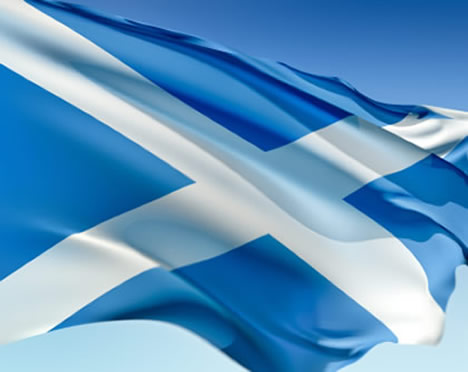Saturday, 30 Nov 2024
Saint Andrew’s Day is the official national day of Scotland, and it is always celebrated on 30 November.
Scottish citizens have the opportunity to celebrate their nationality in a diverse and enjoyable way. However, despite the long past of this holiday, it was not until 2006 that the Scottish government made it an official banking holiday. From this year on, Scottish people have been celebrating the day with several festivals and other special events.
When St. Andrew’s Day falls on a Saturday or Sunday, which are already part of the weekend, the bank holiday takes place on the following Monday.
The act which was passed in Parliament detailed the banking holiday and which festivities would be adopted as official. One of the first people to propose the idea was Mr Dennis Canavan who was a member of the parliament of Scotland, and was part of the Independent party. The bill was actually not accepted immediately, since there was some disagreement among the members of parliament about what details should be included as part of the official celebrations.
In the end, however, the deal was made and a compromise was struck. Jack McConnell, one of the premier politicians involved in this situation wanted to make the holiday a substitute day instead of making it a totally separate banking holiday.
The flag of Scotland will be seen on every flag pole in the country of Scotland. Even though the holiday is an official banking holiday, it does not have to be celebrated as being a day off for employees.

The flying of various flags has also become part of this important national holiday. The flag of the union will be put up for buildings which have multiple flag poles, but if there is only one, then the official Scottish flag is flown. There is a university in Scotland named after Saint Andrew, and the school gives its students a free day.
Saint Andrew, whom the holiday is named after, is the patron saint of Scotland, among other countries. Saint Andrew is the Andrew mentioned in the Gospels of the Christian Bible. As the brother of Simon Peter, St. Andrew became a central figure in the Biblical belief. After he declared Jesus as Christ, Andrew became the target of intense persecution. Often being threatened, Andrew is reported to have been crucified after the death of Jesus Christ.
Andrew refused to give in to the pressure of the oppressive government and met a fate similar to almost of the original disciples. Andrew persisted with his ministry until the day he died. Traditionally, it is said that he chose to have an X shaped cross instead of the usual T shaped one, as he thought he was not worthy enough to have the same sort as Jesus.
From the biblical origin, Saint Andrew’s Day has become a very important day for all those in Scotland.
Where to Party on St. Andrew’s Day?
If you can’t get to an event on St Andrew’s Day, Hogmanay or Burns Night then why not host your own.
St. Andrew’s day is a celebration of Scottish culture. It includes dancing, music, food and drink, with parties going on long into the cold winter night.
A guide to some of the essential ingredients of any Scottish celebration can be found on www.scotland.org.